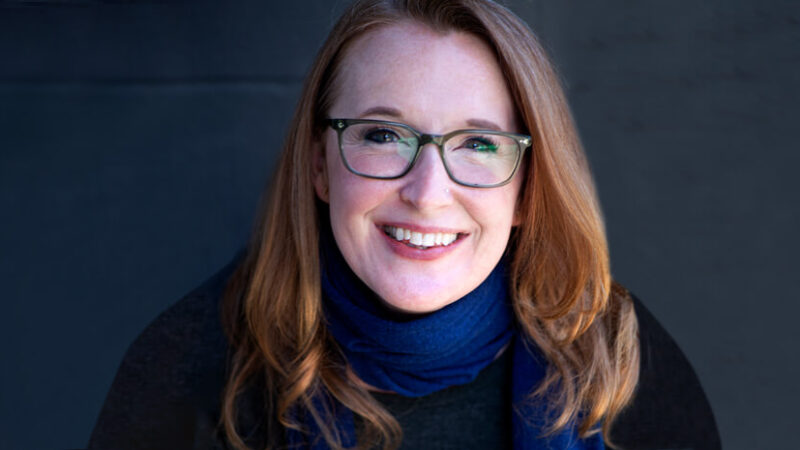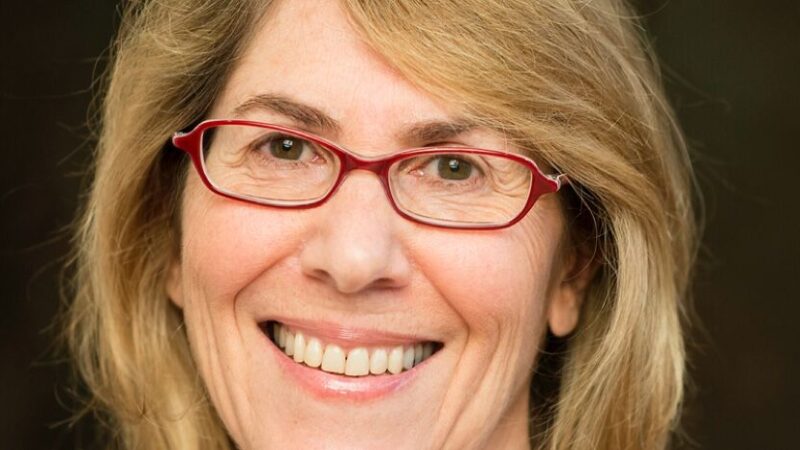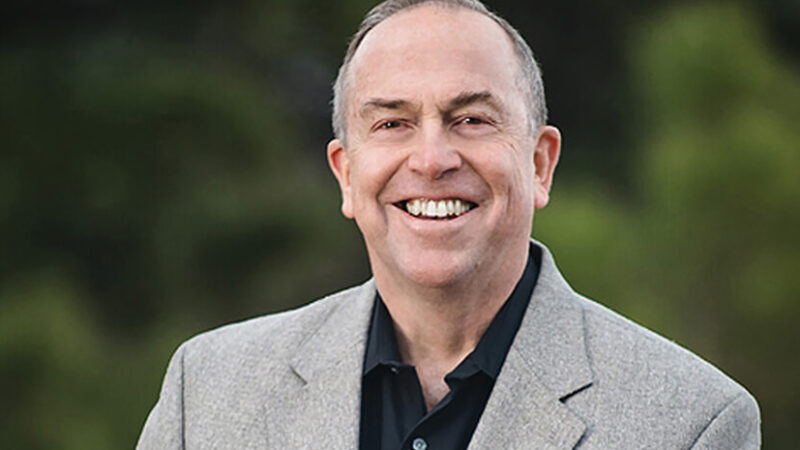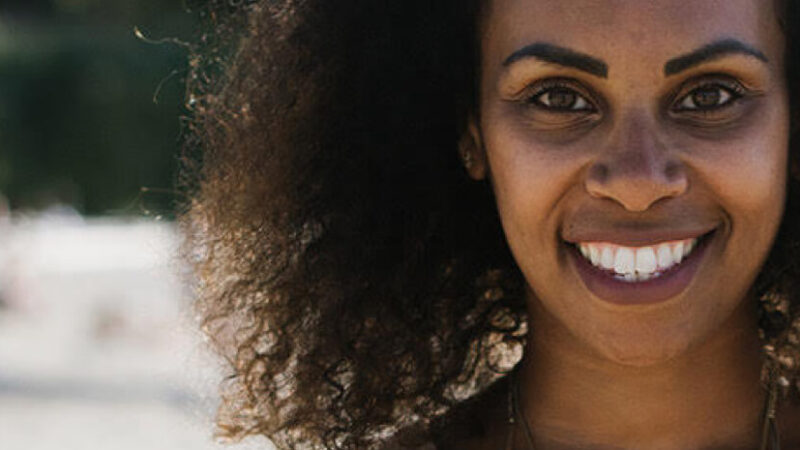Mark Nepo: Writing Is Listening with Your Heart and Ta...
Mark Nepo is a New York Times bestselling author, poet, and philosopher whose many books include The Book of Awakening, Things That Join the Sea and the Sky, and The One Life We’re Given. Most recently, he has partnered with Sounds True to publish Drinking from the River of Light: The Life of Expression. In this episode of Insights at the Edge, Tami Simon speaks with Mark about about our collective notions around creativity and the societal role of art. Mark details how his own ideas about creative expression have shifted over the decades, as well as why we should try to separate creation from commerce. Mark and Tami talk about the “messy, magnificent journey” of being human and why art must be a “witness to what is.” Finally, they discuss the necessity of holding nothing back during the creative process and why the pursuit of art is also the pursuit of timelessness.(71 minutes)





